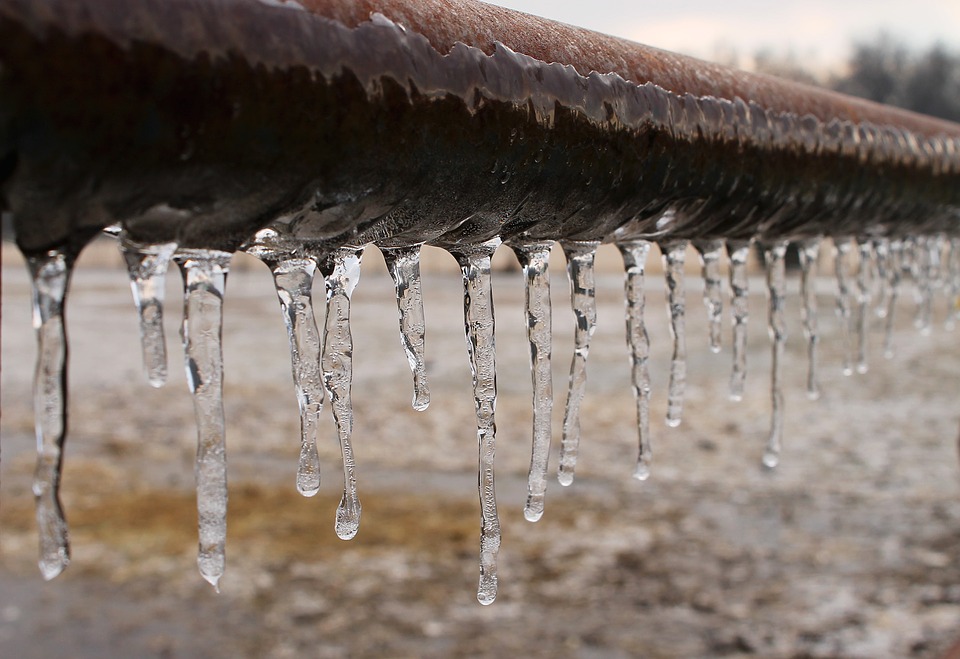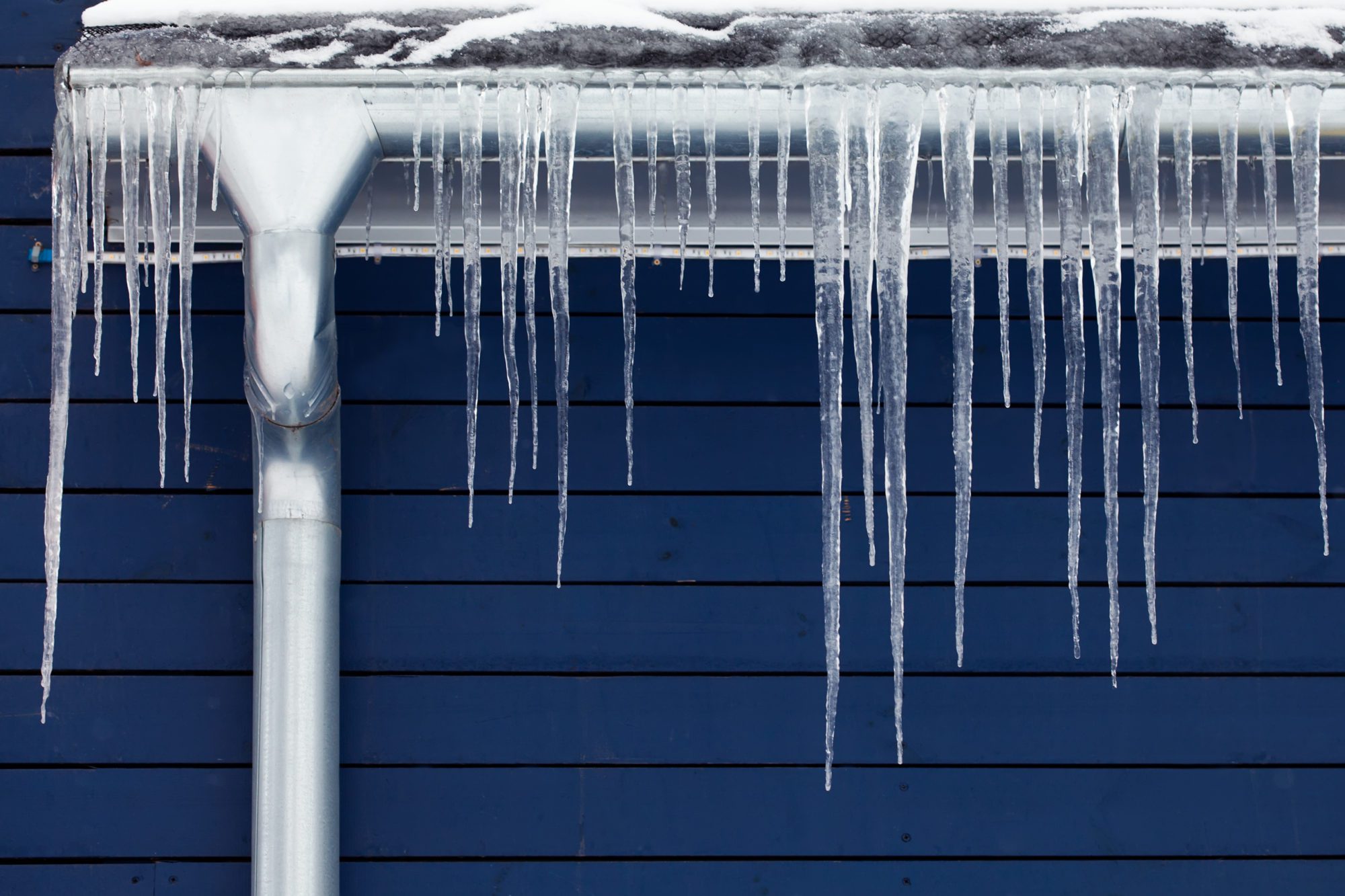Protecting Against Frozen Pipes: Effective Strategies for Cold Weather
Protecting Against Frozen Pipes: Effective Strategies for Cold Weather
Blog Article
The author is making a number of good annotation on Prevent Frozen Pipes in general in the article following next.

Winter can wreak havoc on your pipes, especially by freezing pipelines. Here's exactly how to stop it from happening and what to do if it does.
Introduction
As temperatures drop, the risk of frozen pipes increases, potentially resulting in expensive fixings and water damages. Understanding how to prevent icy pipelines is critical for home owners in chilly climates.
Prevention Tips
Shielding prone pipes
Wrap pipelines in insulation sleeves or use warmth tape to secure them from freezing temperatures. Concentrate on pipes in unheated or exterior locations of the home.
Home heating techniques
Maintain interior rooms sufficiently heated, particularly locations with plumbing. Open up cabinet doors to enable cozy air to flow around pipelines under sinks.
Exactly how to recognize icy pipelines
Search for reduced water circulation from taps, unusual smells or noises from pipelines, and noticeable frost on revealed pipelines.
Long-Term Solutions
Structural adjustments
Take into consideration rerouting pipelines far from exterior wall surfaces or unheated areas. Add added insulation to attics, cellars, and crawl spaces.
Updating insulation
Buy top quality insulation for pipelines, attics, and wall surfaces. Proper insulation assists keep regular temperatures and reduces the threat of icy pipes.
Safeguarding Outdoor Plumbing
Yard pipes and outside faucets
Disconnect and drain garden hoses prior to wintertime. Install frost-proof faucets or cover outside taps with protected caps.
Understanding Frozen Pipes
What triggers pipes to ice up?
Pipelines freeze when exposed to temperature levels below 32 ° F (0 ° C) for extended durations. As water inside the pipelines freezes, it increases, putting pressure on the pipe walls and possibly causing them to rupture.
Threats and damages
Icy pipelines can lead to water supply disruptions, property damages, and pricey repair services. Ruptured pipelines can flood homes and trigger considerable architectural damages.
Indicators of Frozen Pipeline
Determining icy pipelines early can avoid them from bursting.
What to Do If Your Pipelines Freeze
Immediate activities to take
If you suspect frozen pipelines, maintain faucets open to alleviate pressure as the ice thaws. Make use of a hairdryer or towels soaked in hot water to thaw pipelines gradually.
Verdict
Stopping frozen pipelines requires positive measures and fast reactions. By recognizing the causes, indications, and safety nets, property owners can secure their pipes during cold weather.
5 Ways to Prevent Frozen Pipes
Drain Outdoor Faucets and Disconnect Hoses
First, close the shut-off valve that controls the flow of water in the pipe to your outdoor faucet. Then, head outside to disconnect and drain your hose and open the outdoor faucet to allow the water to completely drain out of the line. Turn off the faucet when done. Finally, head back to the shut-off valve and drain the remaining water inside the pipe into a bucket or container. Additionally, if you have a home irrigation system, you should consider hiring an expert to clear the system of water each year.
Insulate Pipes
One of the best and most cost-effective methods for preventing frozen water pipes is to wrap your pipes with insulation. This is especially important for areas in your home that aren’t exposed to heat, such as an attic. We suggest using foam sleeves, which can typically be found at your local hardware store.
Keep Heat Running at 65
Your pipes are located inside your walls, and the temperature there is much colder than the rest of the house. To prevent your pipes from freezing, The Insurance Information Institute suggests that you keep your home heated to at least 65 degrees, even when traveling. You may want to invest in smart devices that can keep an eye on the temperature in your home while you’re away.
Leave Water Dripping
Moving water — even a small trickle — can prevent ice from forming inside your pipes. When freezing temps are imminent, start a drip of water from all faucets that serve exposed pipes. Leaving a few faucets running will also help relieve pressure inside the pipes and help prevent a rupture if the water inside freezes.
Open Cupboard Doors
Warm your kitchen and bathroom pipes by opening cupboards and vanities. You should also leave your interior doors ajar to help warm air circulate evenly throughout your home.

We were introduced to that article on Prevent Frozen Pipes from a friend on a different web page. Enjoyed our piece? Please share it. Help other people discover it. Thank you for being here. Don't forget to come visit our site back soon.
Schedule A Service Call Report this page